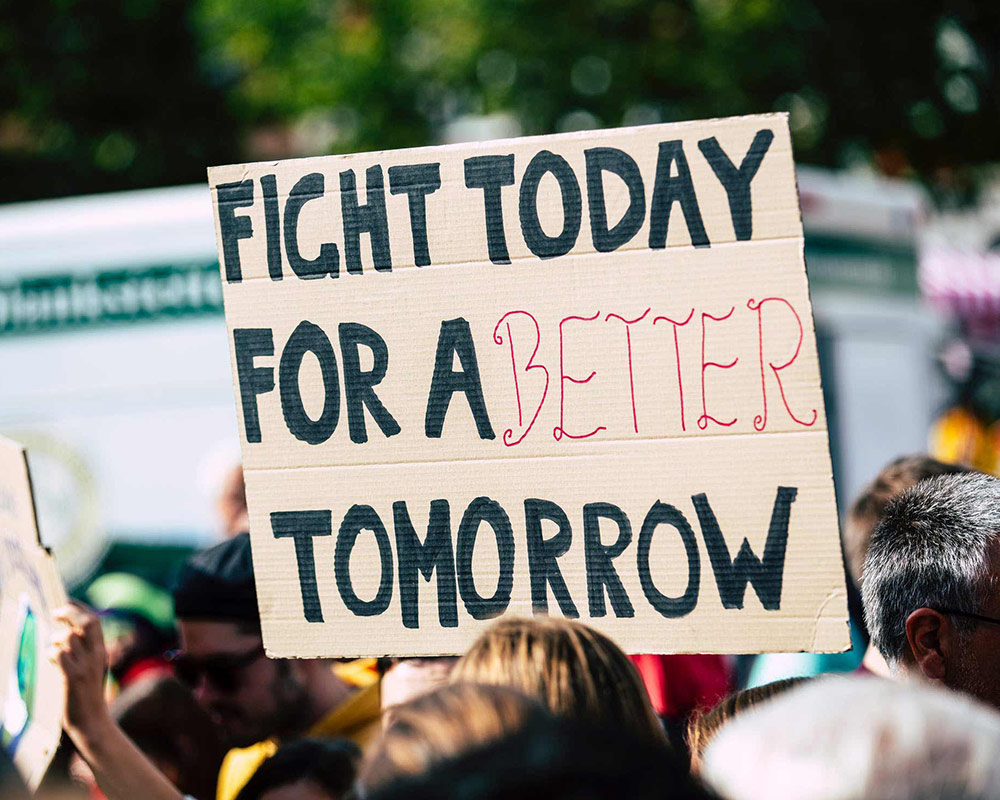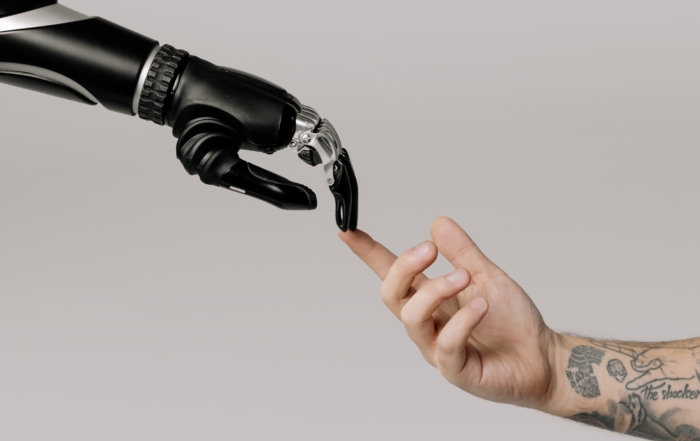How To Develop and Launch a Successful Social Behavior Change Campaign
![]()
Written by: Urban Emu

Can you change someone’s behavior? If you develop a clever social behavior change campaign, you can.
If you wonder why some children sing “Happy Birthday” when washing their hands, that behavior could be the result of a savvy social behavior change campaign from the CDC. Health experts recommend washing your hands while humming the song twice — which takes around 20 seconds.
Social behavior change campaigns like the hand-washing example is about building awareness around a social issue to change someone’s behavior or attitudes. There are loads of examples of these types of campaigns.
Sometimes, a campaign can be so successful, it can have an enormous effect on a group’s behavior. More than 1.8 million smokers quit after the CDC’s two-month-long Tips From Former Smokers campaign in 2014.
So, how can you create a social behavior change campaign for your cause? In this guide, learn more about these types of campaigns and how they can persuade your audience to make a change.
Research Your Audience
What audience are you trying to target? Behavioral change campaigns typically focus on a specific group rather than the whole population. For example, you might want to encourage women over 40 to get a mammogram or teenagers to stop vaping.
Once you have identified your audience, you need to research how that group feels about the social issue. Gen Z and Millennials, for example, tend to have different attitudes toward climate change activism than older generations.
One way you can measure a group’s collective attitudes toward a topic is by conducting surveys or market research. Here, you can identify any obstacles that might prevent a specific group from responding to a social issue.
For example, some young people who vape might think this social behavior is harmless. If you want to create a campaign that targets young people about the potential dangers of vaping, you need to research traits and patterns that influence their behavior.
Organize Behavior Change Methodology
You should plan and organize every aspect of your behavior change campaign. That includes choosing the best methods when targeting audiences with different lifestyles, beliefs or cultural attitudes than yours.
Avoid being culturally insensitive or criticizing someone’s beliefs about a particular social issue, even if you don’t agree with that person’s views. Social issues like COVID-19 vaccine hesitancy, for example, need to be treated with care and compassion. If you want to change someone’s behavior, you need to empathize and understand your audience’s concerns.
Define Campaign Milestones and Goals
Behavior change campaigns typically target long-term issues that have existed in society for some time — crime, drug use, poor eating habits, etc. That means these campaigns aren’t designed to fix an immediate problem, but rather change a continuing or deep-rooted issue that affects a segment of the population.
Take smoking cessation commercials, for example. These might run on TV or radio for many months or even years so they can gradually change someone’s behavior. Behavior change campaigns usually have a much longer cycle than those advertising products or services.
Start by defining the end goal for your behavior change campaign and the date you want to achieve it. For example, you might want to help 10,000 smokers quit cigarettes by the end of 2023. Then, define all the milestones that will help you reach this goal. That might include coming up with a start date for a social media campaign that targets your audience or setting the date your new website goes live with information about your social issue.
Develop Creative Messaging and Materials
Perhaps the most important part of your behavior change campaign is how you convey your message to your audience. Behavior change communication (BCC) can be extremely difficult because there’s such a fine line between encouraging someone to do something and telling them what to do. Often, communications about a social issue fail because marketers use the wrong messaging or materials.
Sometimes, behavior change campaigns can end up making a social issue worse. Evidence suggests that anti-smoking commercials, for example, can make young people more likely to smoke.
For your behavior change campaign to succeed, develop creative messaging and materials that convey your message, build trust, provide support and explain why someone should change their behavior without patronizing your audience.
Again, the messaging and materials you use depend entirely on your demographics. For example, you might want to use messaging that comes across as less formal when targeting young adults.
A great example of creative messaging is this clever campaign from the Alzheimer’s Foundation of America. The print ad features an unsolvable crossword that replicates the experience of an Alzheimer’s sufferer. It has a simple and powerful message that encourages readers to learn more about the cause.
Choose the Right Methods To Get the Word Out
Once you have decided on your message, you need to start thinking about the channels to communicate that message. Social behavior change marketers have more choice than ever before when reaching target audiences, with both traditional and digital media channels providing incredible exposure opportunities.
The channel you use depends on your target audience and campaign. If you want to encourage older people to recycle, you might choose traditional media like TV or magazines. However, if you want to encourage young people to recycle, you might advertise on social media networks like Instagram and TikTok.
Then there are channels you might not have considered. What about paid-for ads that appear on the top of Google search results when people look for information about your social issue? Or creating an email campaign that targets audiences over several months?
You can start by raising awareness of your issue and then gradually encourage subscribers to change their behavior. Email marketing can be extremely lucrative — it generates an investment return of $36 for every $1 spent — especially if you provide an incentive that encourages someone to change their attitude about an issue.
Track Your Campaign
Tracking your behavior change campaign will help you understand its impact and whether your message is resonating with your audience. The easiest way to do this is to use marketing analytics tools that generate insights into your campaign’s results. The best tools let you see how many people interact with your marketing materials and whether they take action — for example, if someone clicks on a link in an email.
Some of the most valuable key performance indicators include engagement, click-through rates (for emails), view counts (for videos) and user experience (for websites). When you generate intelligence about your audience, you can fine-tune your campaigns and make them even more successful.
Use a Professional Behavior Change Marketing Expert
Behavior change marketing differs from other types of marketing in that it encourages people to change their behavior to become healthier, safer, happier or more socially aware. Since it can be hard to come up with the right messaging for controversial social issues, consider working with a behavior change marketing expert on your next campaign.
The right marketer can help you achieve a range of behavioral outcomes and get your message in front of the right people at the right time. As a result, your behavior change campaign will be a more successful one. Behavior change marketers can find the correct audiences to target, the best marketing channels to use and the most valuable key performance indicators to track.
Final Word
If you want to change people’s behavior, follow the tips in this guide. You can increase awareness about social issues and use your marketing to promote changes in attitudes and knowledge. Ultimately, for behavior change marketing to succeed, you need to invest in an expert who understands your audience and uses the right creative marketing tools and techniques to encourage real behavior change.
Contact us for more information or to schedule a workshop on behavior change.
Contact Us
Urban Emu is an experience agency proudly driven by a singular mission: to transform the way humans live. We achieve this through a powerful fusion of design, technology, and communications, creating unparalleled online and offline experiences.
We love to hear about ideas big or small. Please don’t hesitate to get in touch with us regarding your project.
Email: hello@urbanemu.com












